Home>Garden Essentials>Why Do Seeds Need Water
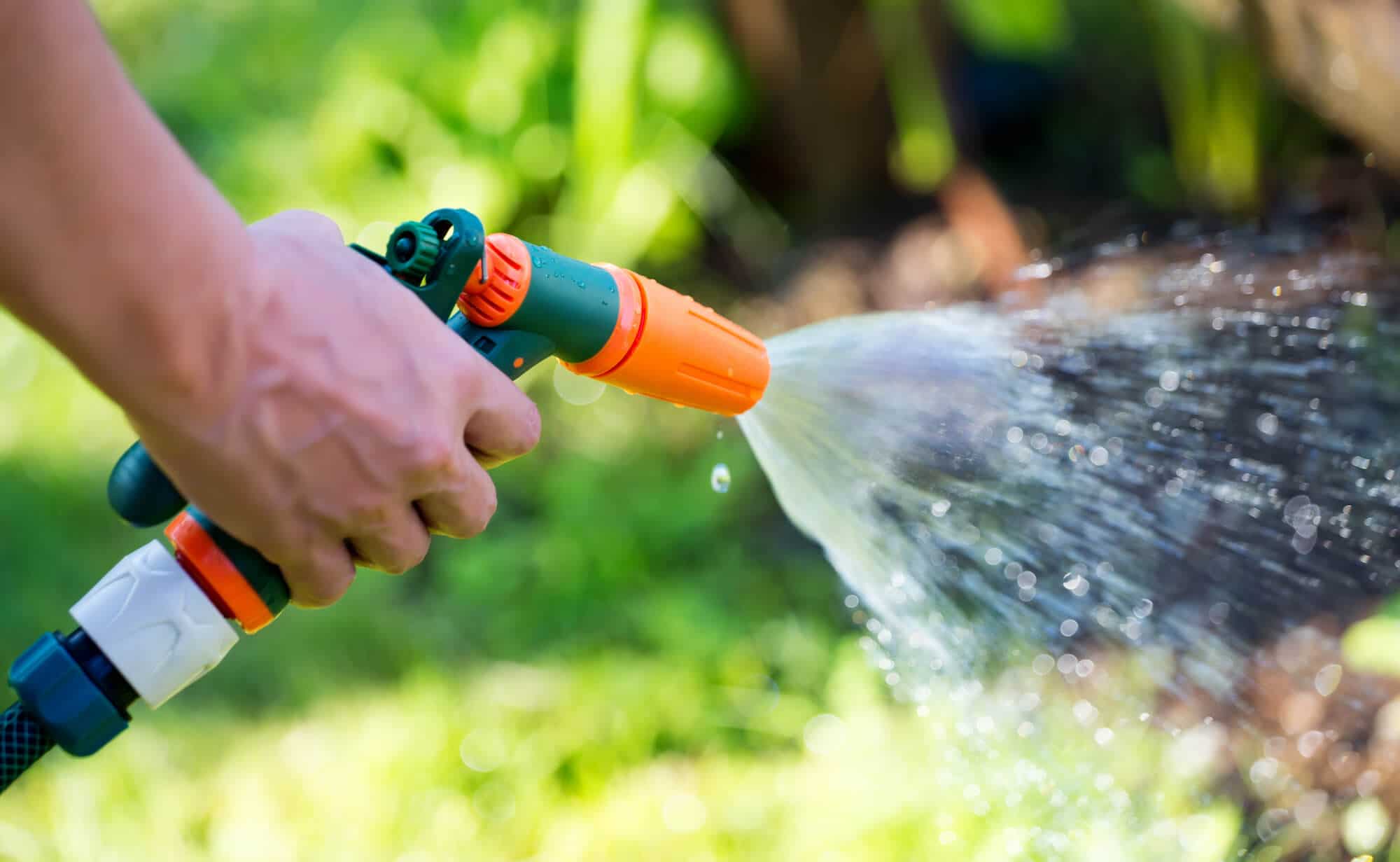

Garden Essentials
Why Do Seeds Need Water
Modified: March 24, 2024
Learn why seeds need water in your garden and how it promotes germination and growth. Find out the essential role of water in seed development and plant health.
(Many of the links in this article redirect to a specific reviewed product. Your purchase of these products through affiliate links helps to generate commission for Storables.com, at no extra cost. Learn more)
Introduction
Seeds are truly remarkable in their ability to produce new life. They contain all the necessary genetic information and nutrients to sprout into a fully-grown plant. But have you ever wondered what makes seeds so special? One crucial factor that plays a vital role in seed development is water.
Water is a fundamental requirement for all living organisms, including plants. It is an essential element for the growth, development, and survival of plants. Without water, seeds would remain dormant and unable to fulfill their potential. In this article, we will explore the importance of water for seeds and delve into the fascinating process of seed germination.
So why exactly do seeds need water? Let’s find out.
Key Takeaways:
- Seeds need water to wake up and start growing! Water helps seeds to break out of their sleep, dissolve obstacles, and activate the tiny engines inside them, so they can grow into strong plants.
- Water is like a superhero for seeds! It helps seeds to grow big and strong, just like how food and water help us to grow. Understanding how much water seeds need is like being a plant superhero!
Read more: Why Do Heirloom Seeds Need To Ferment
Importance of Water for Seeds
Water is essential for seeds because it serves as a medium for various biochemical reactions and metabolic processes. It acts as a carrier, allowing nutrients and other vital components to move within the seed structure. Additionally, water provides the necessary hydration for the seed’s cells, enabling them to function properly.
One major importance of water for seeds is its role in promoting seed germination. Germination is the process by which a seed transforms into a seedling, and water is a key trigger for this process. When a seed absorbs water, it initiates a series of biochemical changes that activate the growth and development of the embryo. Without water, these processes remain dormant, and the seed remains in a state of dormancy.
Another crucial aspect of water’s importance for seeds lies in its contribution to the overall viability and survival of the plant. Adequate water uptake during the germination phase allows the seedling to establish a strong root system, which is crucial for the plant’s nutrient and water absorption. It also facilitates the development of healthy foliage, stems, and flowers, enabling the plant to carry out essential functions such as photosynthesis and reproduction.
Water also plays a key role in seed dispersal, ensuring that seeds are transported to suitable growth environments. Through a process called hydrochory, water can carry seeds away from the parent plant and distribute them in different locations. This method increases the chances of seed survival and promotes genetic diversity within plant populations.
In addition to its direct effects on seed germination and plant growth, water also indirectly affects seeds by influencing the surrounding soil conditions. Water helps create an optimal environment for microbial activity, providing essential nutrients and breaking down organic matter to release nutrients for the growing seeds. It also helps in maintaining soil structure and preventing the loss of soil fertility.
Overall, it is clear that water is not just a passive medium for seeds; it is a vital component necessary for their development and survival. Without water, seeds would be unable to germinate, establish roots, and grow into healthy, mature plants. The importance of water for seeds cannot be overstated, highlighting the crucial role it plays in the growth and sustainability of plant life.
Seed Germination Process
Seed germination is a complex and fascinating process that marks the beginning of a plant’s life. It is the point when a seed transitions from a state of dormancy to an active, growing seedling. The germination process is triggered by various environmental cues, with water playing a central role.
When a seed comes into contact with water, it absorbs the liquid through its seed coat, which softens and allows water to penetrate the inner layers. As the seed becomes hydrated, it activates biochemical processes within the embryo, initiating germination. One of the first visible signs of germination is the swelling and splitting of the seed coat.
As germination progresses, the embryo within the seed starts to develop and grow. The root, known as the radicle, is the first structure to emerge. It grows downwards into the soil, anchoring the seedling and absorbing water and nutrients from the environment. Simultaneously, the shoot begins to emerge from the soil, elongating upwards towards the light.
Once the shoot reaches the surface, it undergoes rapid expansion as it unfurls its cotyledons, the embryonic leaves. These cotyledons provide the initial source of nourishment for the young seedling until it can produce its own energy through photosynthesis. At this stage, the seedling’s primary leaves, distinct from the cotyledons, start to grow and develop.
Throughout the germination process, the seedling continues to rely on water for various functions. Water is necessary for the enzymatic reactions that facilitate cell division, elongation, and differentiation. It also allows for the transport of nutrients within the plant, ensuring proper growth and development.
In addition to water, seed germination requires other environmental factors such as oxygen and a suitable temperature range. Oxygen is critical for cellular respiration, which provides energy for metabolic processes. The temperature should be within a certain range to activate enzymes and promote optimal growth conditions.
Overall, seed germination is a remarkable process driven by various environmental cues, with water playing a pivotal role. It marks the beginning of a plant’s life and sets the stage for its growth and development. Understanding the intricate details of seed germination helps us appreciate the importance of water and other environmental factors in the successful establishment of plants in the natural world.
Water Absorption by Seeds
Water absorption by seeds is a crucial step in the germination process. It involves the uptake of water by the seed and its subsequent movement within the seed structure to activate the biochemical and physiological changes necessary for germination.
The seed coat, also known as the testa, plays a vital role in regulating water absorption. It acts as a protective barrier that prevents excessive water uptake and maintains a controlled hydration level within the seed. The outer layer of the seed coat is often impermeable or has limited water permeability, which helps prevent the seed from absorbing water when conditions are unfavorable for germination.
However, once the seed coat comes into contact with water, it begins to undergo changes that allow water to penetrate. Water enters the seed coat through small openings called micropyles or through tiny cracks and imperfections in the seed coat. As water is absorbed, the seed coat swells and becomes more flexible, facilitating the movement of water into the inner layers of the seed.
Once inside the seed, water moves through the endosperm or cotyledons, depending on the type of seed, towards the embryo. The endosperm is a tissue that surrounds the embryo in some seeds, providing essential nutrients for germination. In contrast, the cotyledons, which are embryonic leaves, store nutrients to support the initial growth and development of the seedling.
As water is absorbed into the embryo, it triggers physiological and metabolic changes that break the seed’s dormancy. This includes the activation of enzymes that initiate cell division and growth, leading to the emergence of the root (radicle) and shoot. These structures facilitate the absorption of water and nutrients from the surrounding soil, supporting the further growth of the seedling.
The rate of water absorption by seeds can vary depending on several factors, including the species of the plant, the condition of the seed coat, and the environmental conditions. Some seeds have specialized structures, such as water-absorbing hairs or structures that enhance water absorption, to maximize their chances of germination in specific habitats.
It is important to note that excessive water absorption can be detrimental to seed germination. Overhydration can lead to imbalances in cellular osmotic pressure, disrupting essential metabolic processes and potentially causing the seed to rot or germinate abnormally. Therefore, maintaining the right amount of water availability is crucial for successful seed germination.
Water absorption by seeds is a critical step in the germination process, triggering the physiological changes necessary for growth and development. Understanding how water enters and moves within the seed structure provides insight into the intricate mechanisms that enable seeds to harness this essential resource for their survival and propagation.
Tip: Seeds need water to start the germination process, which is the first step in growing into a new plant. Water helps to soften the seed coat and activate enzymes that kickstart growth.
Role of Water in Seed Activation
Water plays a pivotal role in activating the dormant state of seeds, initiating the germination process. The process of seed activation involves the biochemical and physiological changes that occur when a seed absorbs water, breaking its dormancy and kickstarting growth and development.
When a dormant seed comes into contact with water, it triggers a series of events that activate various metabolic processes within the seed. One of the primary functions of water in seed activation is to rehydrate the seed tissues. Seeds often enter a state of dormancy to survive unfavorable conditions and protect themselves. During dormancy, the seed’s metabolic activities are slowed or temporarily halted. Water absorption rehydrates the seed and reactivates the metabolic processes required for germination.
Water acts as a solvent, dissolving any inhibitory substances present in the seed that prevent germination. These substances, such as growth inhibitors or germination inhibitors, are often produced by the seed as a protective mechanism. Water breaks down these inhibitors, neutralizing their effects and clearing the path for the seed to germinate.
Another important role of water in seed activation is the activation of enzymes. Enzymes are specialized proteins that drive biochemical reactions within the seed. Many of these enzymes are present in an inactive form within the dormant seed but become activated upon water absorption. Once activated, these enzymes trigger metabolic processes such as the breakdown of stored nutrients, the synthesis of new compounds, and the initiation of cell division and growth.
Water also provides the necessary medium for the movement of essential nutrients and hormones within the seed. Nutrients stored within the seed, such as carbohydrates, proteins, and lipids, are mobilized and transported to support the growing embryo and sustain early seedling development. Hormones, such as gibberellins, are also activated and play a crucial role in coordinating seed germination and subsequent growth.
The presence of water is essential for maintaining the proper hydration level within the seed and ensuring the structural integrity of its cells. When the seed absorbs water, the cells expand, allowing the seed coat to soften and eventually rupture, enabling the emerging root and shoot to break through the seed coat. Water also helps in the reactivation of the mitochondria, the powerhouses of the cell, which generate energy for the metabolic processes required for germination.
Overall, water is the key activator of seed dormancy, triggering a cascade of biochemical and physiological changes that lead to germination. Through its role in rehydration, dissolution of inhibitors, enzyme activation, nutrient and hormone transport, and maintenance of structural integrity, water paves the way for seed activation and the subsequent growth and development of the seedling.
Effects of Water on Seed Development
Water plays a vital role in the development of seeds, influencing their growth, metabolism, and overall viability. From the early stages of germination to the maturation of the seed, water exerts various effects that are essential for the successful development of plants.
One of the primary effects of water on seed development is its role in hydrating the seed and providing the necessary conditions for cellular activities. Water is essential for maintaining turgidity within the seed’s cells, allowing them to function properly and carry out metabolic processes. It provides the medium for enzymatic reactions, facilitating the synthesis of proteins, carbohydrates, and lipids that nourish the developing embryo and support seedling growth.
Water also regulates the osmotic pressure within the seed, which affects nutrient uptake and water movement. Proper osmotic balance is crucial for nutrient absorption from the soil and the transport of these nutrients to the developing seedling. Water facilitates the exchange of ions and molecules, ensuring that the essential elements required for growth are available to the seedling.
In addition, water is essential for maintaining the structural integrity of the seed and its surrounding tissues. During seed development, the cells within the seed undergo division, elongation, and differentiation to form the various structures of the seedling. Water provides the necessary hydraulic pressure for these processes, allowing cells to expand and grow. It also helps in the development of strong cell walls, making the seedling more resistant to physical stress.
Water availability also influences seed size and weight. Adequate water supply during seed development contributes to larger, plumper seeds. These seeds generally have higher nutrient reserves and are better equipped to support seedling establishment and early growth. On the other hand, water scarcity can lead to smaller, lighter seeds with reduced viability and limited stored resources.
Furthermore, water availability affects the timing and rate of seed development. An optimal supply of water ensures that the seed develops at a proper pace, balancing growth with the accumulation of nutrients and reserves. Water stress or excessive water can disrupt this balance, leading to delayed or impaired seed development. Timing is critical, as proper development ensures that the seed is mature enough to survive and successfully germinate after dispersal.
Lastly, water affects seed dormancy and the ability of the seed to remain viable over time. A proper moisture level is necessary to maintain seed dormancy, preventing premature germination and ensuring that the seed remains viable until suitable conditions for germination are met. Dry conditions can break seed dormancy, leading to premature germination and reducing the seed’s longevity.
In summary, water has profound effects on seed development. It provides hydration, regulates osmotic balance, supports cellular activities, influences seed size, timing, and viability, and helps maintain dormancy. By understanding these effects, we can better recognize the crucial role that water plays in seed development and implement appropriate watering practices to promote healthy seedling growth and overall plant success.
Factors Affecting Water Requirements of Seeds
The water requirements of seeds can vary depending on several factors that influence their ability to germinate and grow. Understanding these factors is crucial for providing optimal watering conditions and ensuring successful seed development. Here are some key factors that affect the water requirements of seeds:
- Seed Type: Different plant species have varying water requirements. Some seeds naturally thrive in dry environments and have adaptations that allow them to germinate and grow with minimal water. In contrast, other seeds require consistently moist conditions to successfully germinate and establish seedlings. It is important to be familiar with the specific water needs of the seeds you are working with to provide the appropriate watering regime.
- Seed Age: The age of the seed can affect its water requirements. Older seeds may have reduced viability and may need longer periods of hydration for their cells to activate and germinate. Additionally, older seeds may have a harder seed coat that requires more soaking or scarification to allow water penetration.
- Seed Coating: The seed coat plays a crucial role in regulating water absorption. Some seeds have a hard, impermeable seed coat that requires scarification or stratification to enhance water permeability. Others have a thinner, more permeable seed coat that allows for easier water uptake. Understanding the characteristics of the seed coat can help determine the appropriate water treatment for optimal germination.
- Environmental Conditions: Environmental factors such as temperature and humidity play a significant role in the water requirements of seeds. High temperatures and low humidity can lead to increased water loss through evaporation, requiring more frequent watering to maintain adequate moisture levels. Conversely, cooler temperatures and higher humidity can reduce water loss, allowing for less frequent watering. It is important to consider the specific environmental conditions in which the seeds are being grown.
- Soil Moisture: The moisture content of the soil directly impacts the water availability to the seeds. Seeds require a moist environment to absorb water and initiate germination. Saturated or waterlogged soils can lead to oxygen deprivation and impede seed germination. On the other hand, excessively dry soils can hinder water uptake and prevent proper seed hydration. Finding the right balance of soil moisture is essential for optimal seed development.
- Watering Method: The method of watering also affects the water requirements of seeds. Different watering techniques, such as sprinkling, drip irrigation, or submersion, vary in their efficiency in delivering water to the seeds. Consider the specific watering method being used and adjust the frequency and duration accordingly to ensure adequate water supply to the seeds.
By considering these factors, you can tailor your watering practices to meet the specific water requirements of the seeds you are working with. Providing the ideal conditions for seed hydration and germination increases the likelihood of successful seed development and healthy seedling establishment.
Conclusion
Water is a fundamental and indispensable element in the life of seeds. It plays a critical role in every stage of seed development, from activation and germination to growth and maturation. Without water, seeds would remain dormant and unable to fulfill their potential as plants. Understanding the importance of water for seeds enables us to provide optimal watering conditions and promote successful seed development.
Water is vital for seed germination, triggering the activation of dormant seeds and initiating biochemical and physiological changes that lead to the emergence of seedlings. It acts as a solvent, dissolving inhibitors and activating enzymes essential for growth and development. As the seedling grows, water sustains cellular activities, facilitates nutrient uptake, and ensures structural integrity.
While water is essential for germination, it also affects seed development in multiple ways. Adequate water supply enables the accumulation of nutrients, supports proper cell division and elongation, and influences seed size and weight. It regulates osmotic balance, allowing for optimal nutrient absorption and transport. Additionally, water availability influences seed dormancy and longevity, ensuring seeds remain viable until favorable germination conditions are met.
Several factors affect the water requirements of seeds, including seed type, age, seed coating, environmental conditions, soil moisture, and watering method. Understanding these factors helps us tailor watering practices to meet the specific needs of seeds, ensuring proper hydration and promoting successful germination and growth.
In conclusion, water is a precious resource that is indispensable for seed development. Its importance cannot be overstated, as it determines the fate of seeds and their ability to grow into healthy, mature plants. By recognizing and fulfilling the water requirements of seeds, we can contribute to the growth and sustainability of our gardens, fostering a flourishing and vibrant plant community.
Frequently Asked Questions about Why Do Seeds Need Water
Was this page helpful?
At Storables.com, we guarantee accurate and reliable information. Our content, validated by Expert Board Contributors, is crafted following stringent Editorial Policies. We're committed to providing you with well-researched, expert-backed insights for all your informational needs.
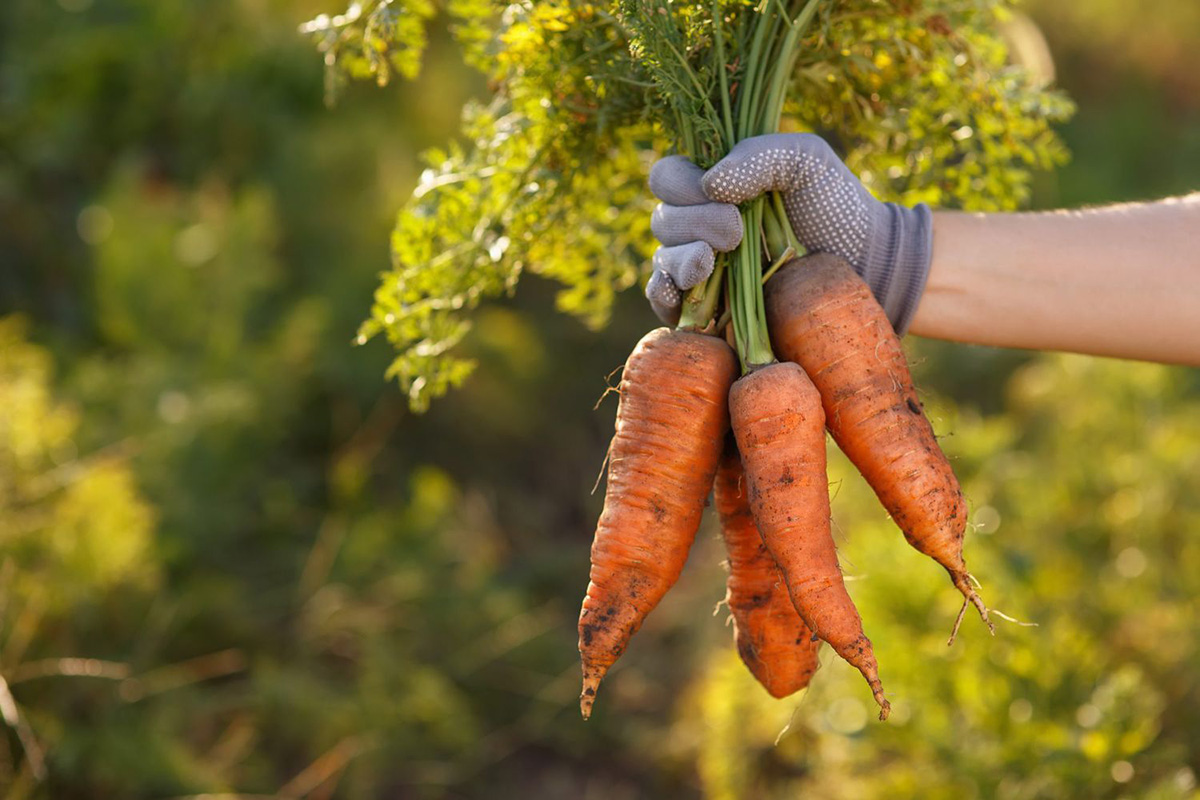
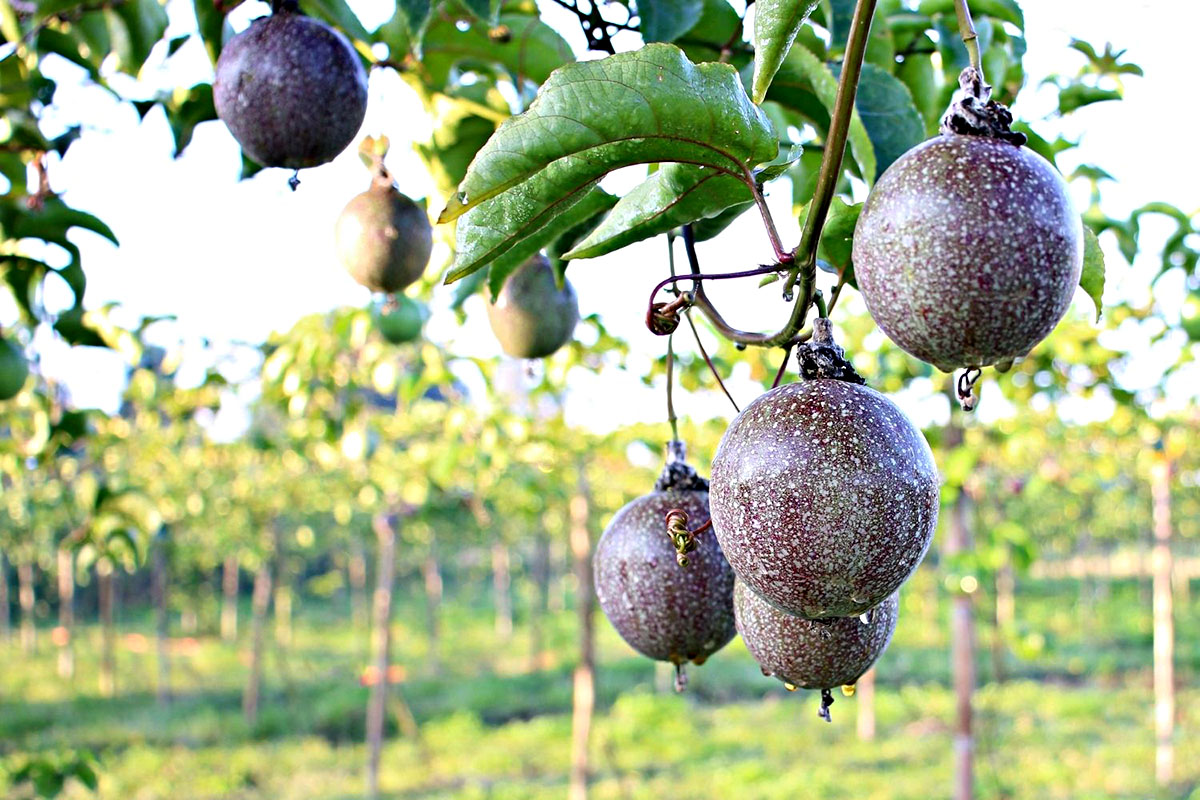
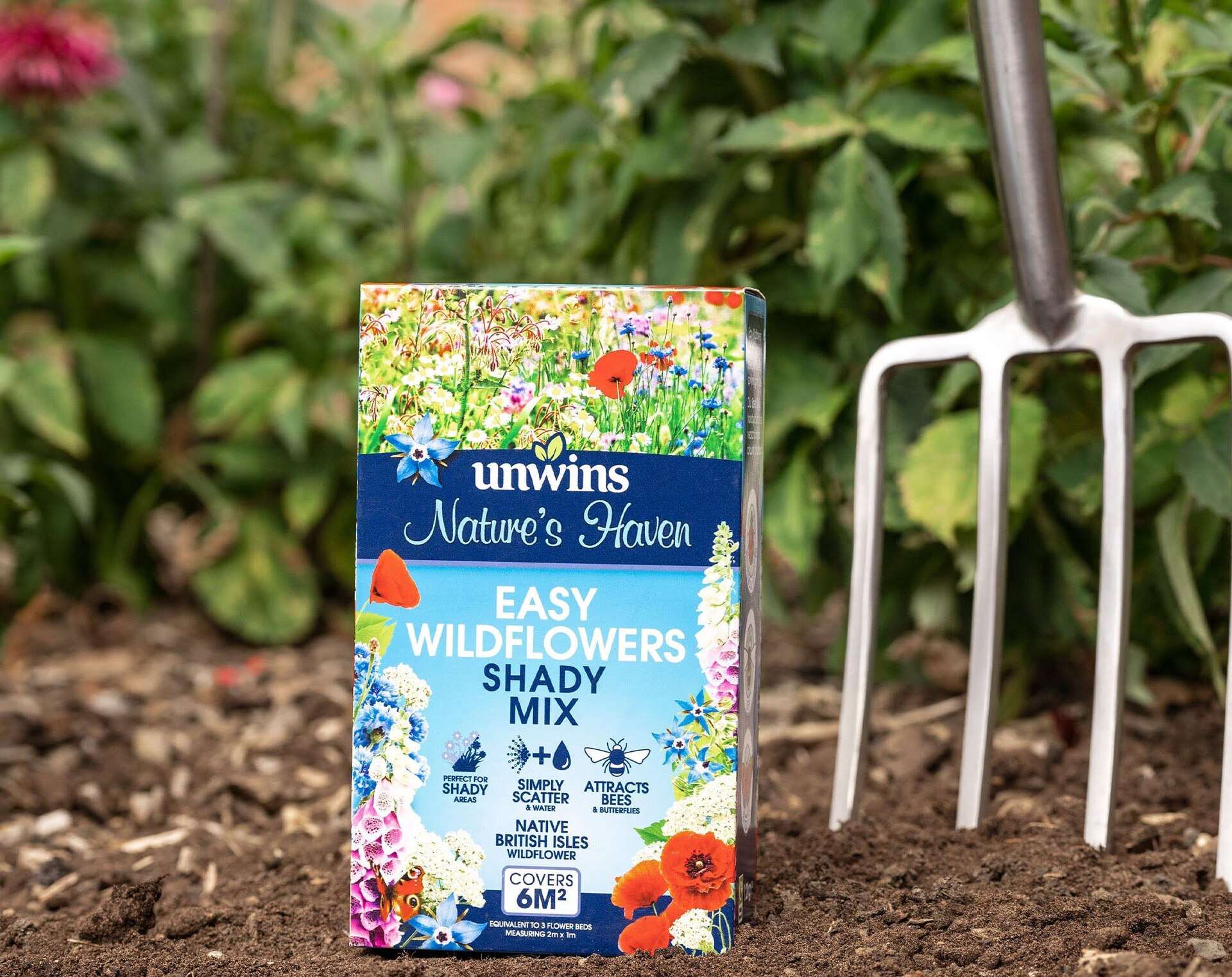
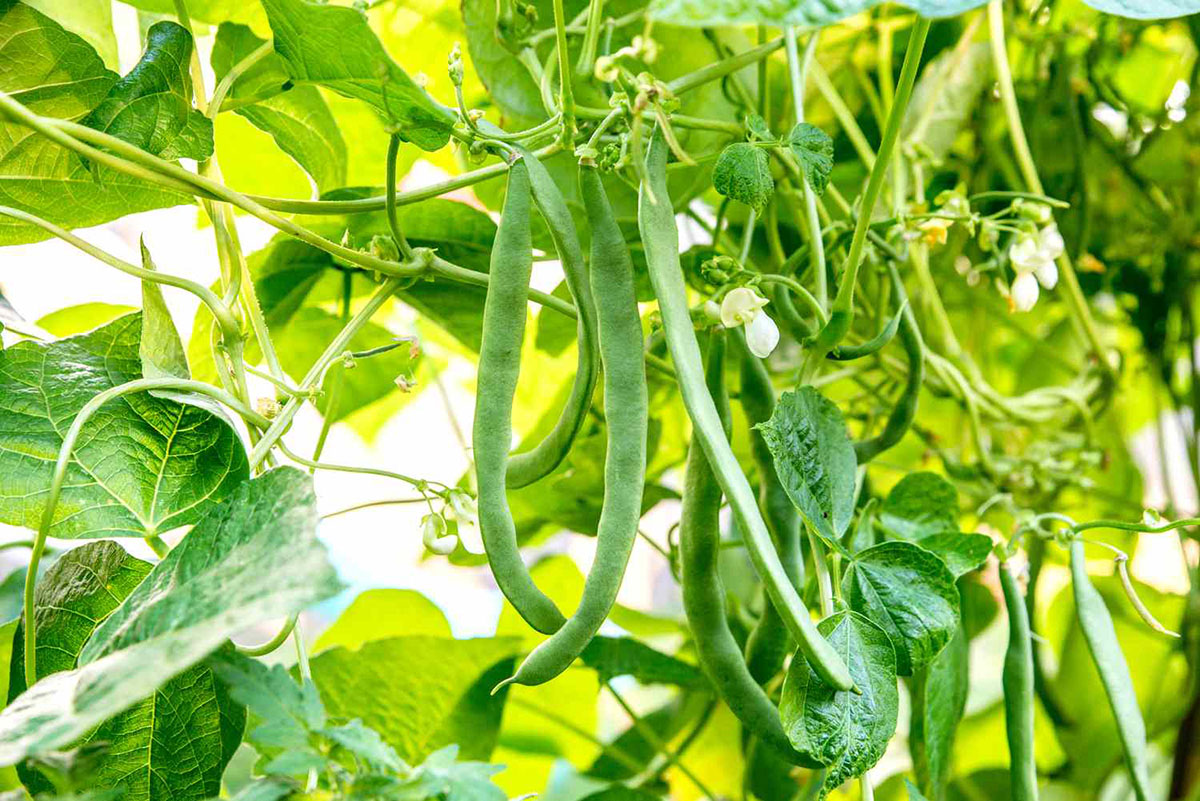
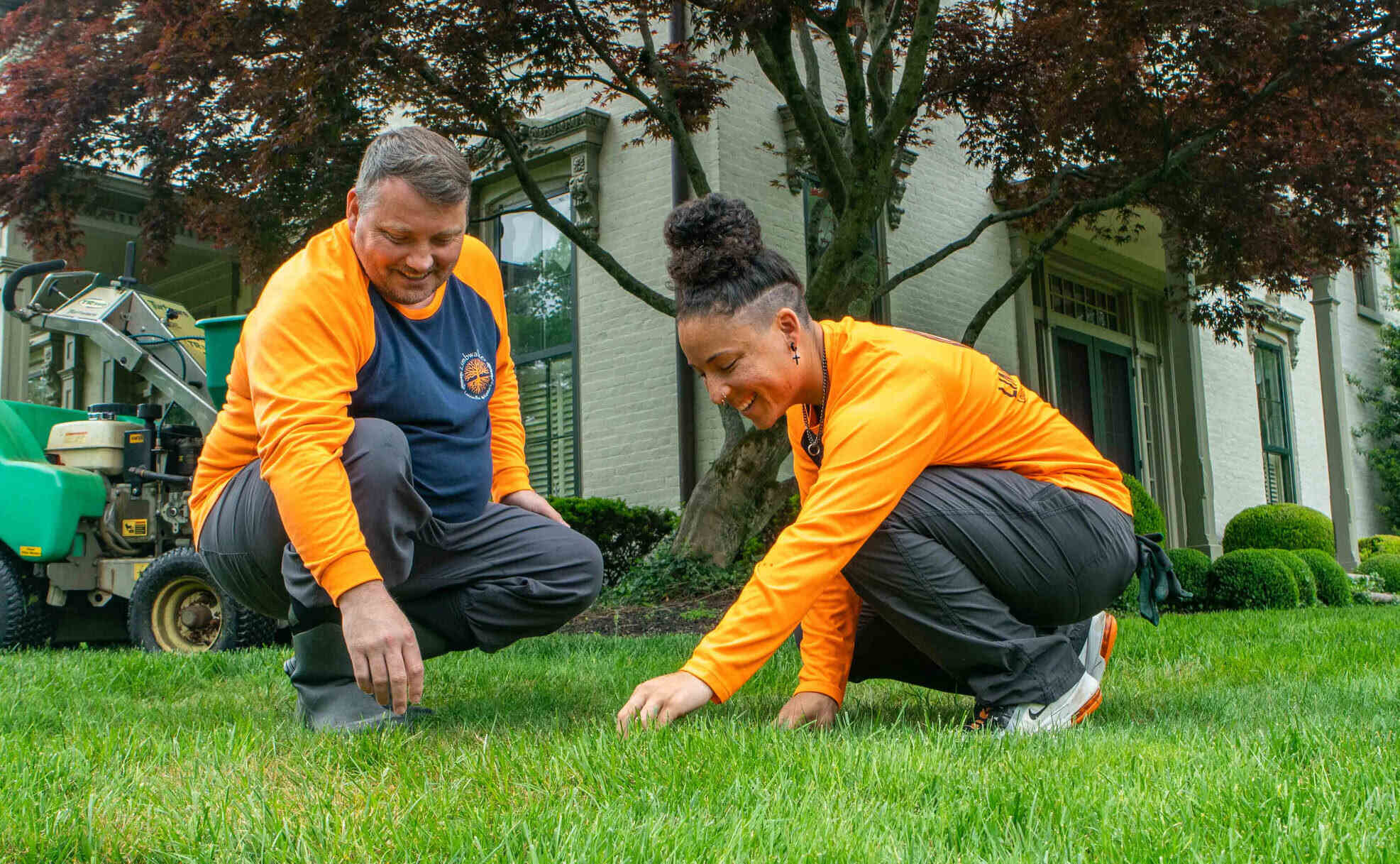






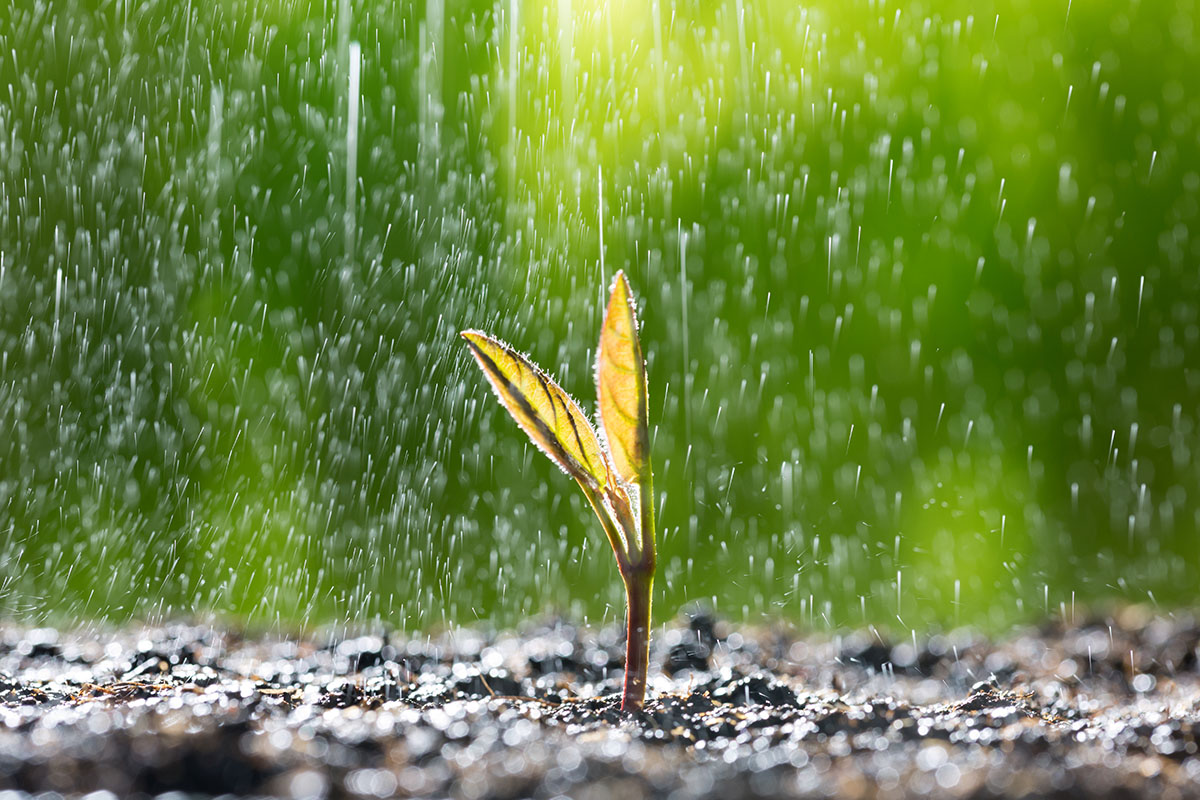



0 thoughts on “Why Do Seeds Need Water”